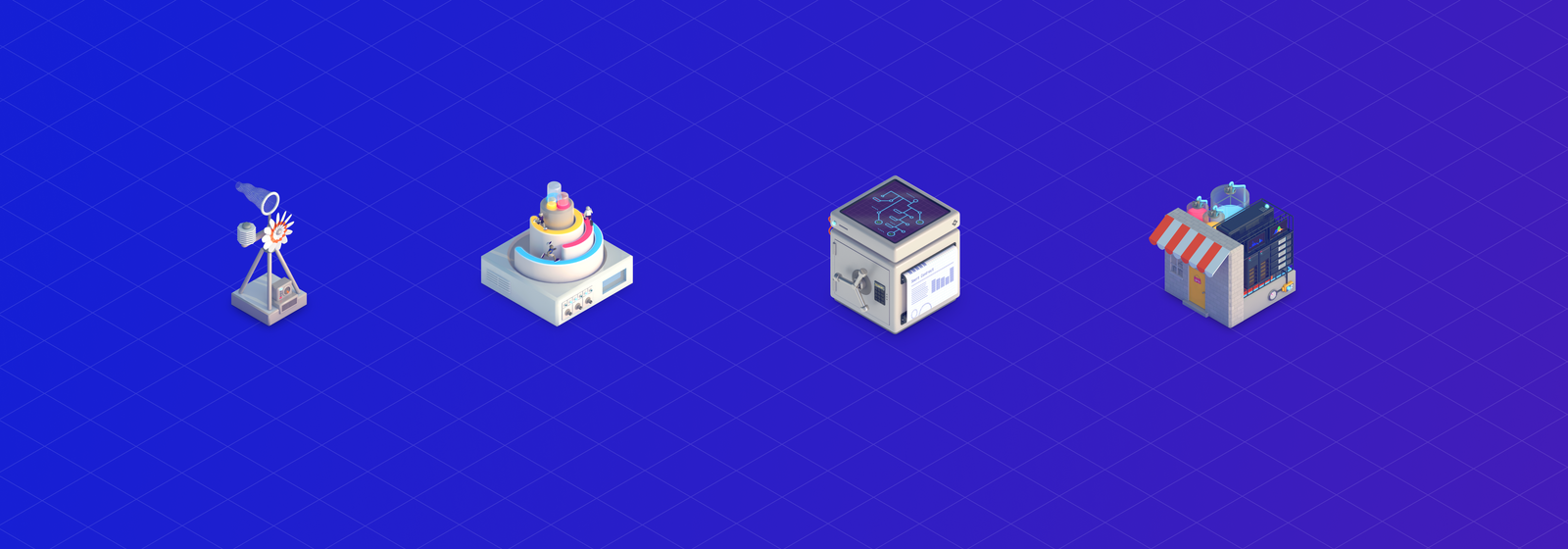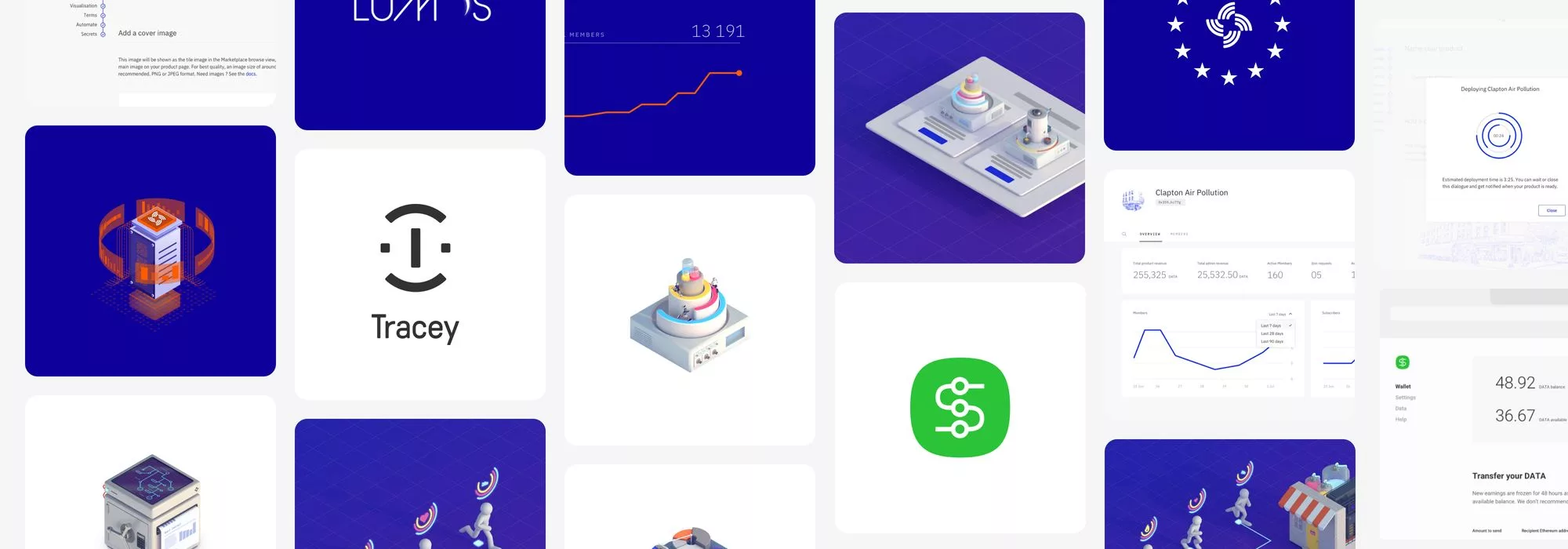The Data Union framework is now live. App owners and developers can explore ways to create unique data sets by incentivising users to crowdsell their real-time data. In this blog are a few early-stage concept ideas that could be used as starting points or spark ideas for how Data Unions might be deployed.
If you think you or your team could implement one of these projects, or have an idea of your own related to real-time data crowdselling, please head over to the Streamr Data Fund and submit an application.
Table of Contents
Media streaming analytics plugin
Concept: A plugin or app that tracks viewer streaming habits for film/TV, music, video and more, matched with a demographic profile provided by the user.
Data use case: Media producers, researchers, or advertisers could be interested in this data to better understand the latest trends and which media is popular with which audiences. This could, in turn, lead to more content that viewers like being commissioned and a better understanding of what’s popular, across platforms, in real-time.
Festival or event location tool
Concept: A tool or plugin that can be easily integrated into festival or event apps that gives the managers real-time location insights into movement patterns. Attendees who opt-in could be paid for their location data, receive discounts to spend in the event or be entered to win prizes like backstage passes. Location data can be paired with anonymised demographic info to increase the analysis potential.
Data use case: Event managers might want to know the real-time footfall patterns of attendees to get insights into crowd flow optimisation or what the most popular event tracts were with which audiences, and incentivise users to opt in to share the data with them.
Real-time environmental data
Concept: Smartphone cameras or sensors can allow people to share real-time insights about the environment. An app could be created to securely capture and send images of wildlife, natural events, UFOs, or more within the app and with a location and timestamp included to try and ensure authenticity.
Data use case: Birdwatchers, hikers, or farmers might be encouraged to send pictures of wildlife or natural events to track changes, animal migration, habitat loss, or better understand environmental patterns.
See the Tracey project for a similar example currently in development to monitor fish stock levels.
Barcode shopping scanner
Concept: Product barcodes can easily be scanned with a smartphone. Creating an app that records and categorises data about the type of product, where it was bought, its price, the date, etc could be valuable information for suppliers, retailers, and researchers.
Data use case: Food shopping could be a good use case. The store themselves might like to know basic info about shoppers’ buying patterns by demographic and could offer rewards or discounts in exchange for this data. Other interested parties might include health researchers, fitness apps or existing barcode scanning apps such as Sugar Smart.
Retailers might be able to generate a QR code on a receipt to scan, rather than each individual product. Packaging could also be scanned when they are thrown away, which could be linked to smart fridges and devices for monitoring food stock levels.
Data browser profile plugin
Concept: It may be possible to create an anonymous browser profile with volunteered basic demographic data, interests, and categories of ads people are open to seeing and those they are not. Websites or advertisers could offer a bid automatically for access to the information the user consents to sharing when they visit their site.
Data use case: Websites get more insights into the kinds of people visiting their sites from data provided, and visitors get to control what info they share and receive payment.
The ads on a website may also be able to better adapt, based on your category preferences for consented targeting (interest in sports, events, electronics, beauty etc). Website owners and advertisers can get direct insights and know their ads are being delivered to an appropriate audience.
People could also benefit from this targeting by listing ads they don’t want to see, if they are trying to cut back on things like fast-food or alcohol for example, by opting out of ads in those categories.
Cross-chain token balance data
Concept: A simple app or integration could be created that allows users to share their token balances cross-chain. Right now, some of this information can of course be seen on-chain, but there’s currently no visibility cross-chain or into accounts on centralized exchanges.
Data Use case: For analysts, this could provide interesting aggregate market insights like “x% of BTC holders also own ETH”, as well as real-time insights such as “10% of the top whales dumped BTC in the past 15 minutes”.
The ideas presented here are all early-stage concepts and require a substantial amount of further consideration and development to assess their viability, technical challenges, and ethics. If you’re up to the challenge, submit an application to the Streamr Data Fund!
Learn more about Streamr: streamr.network











